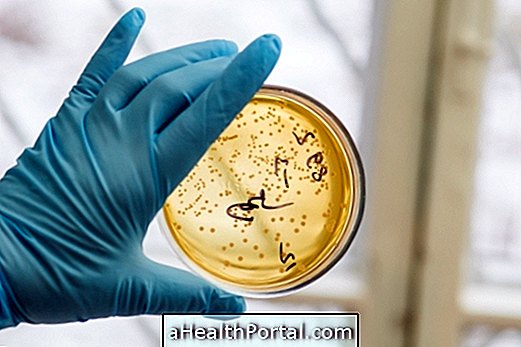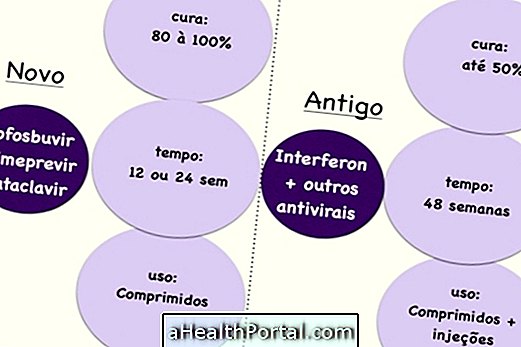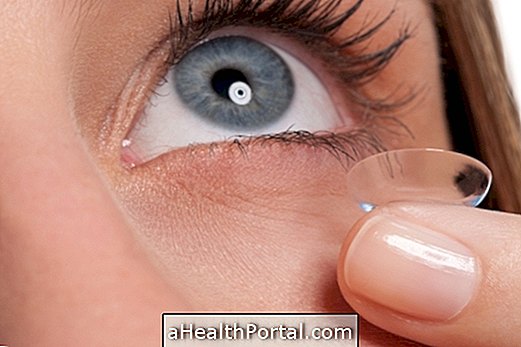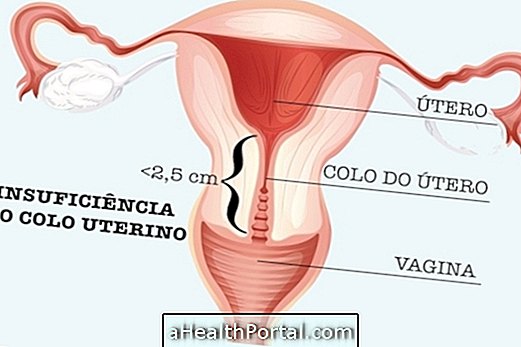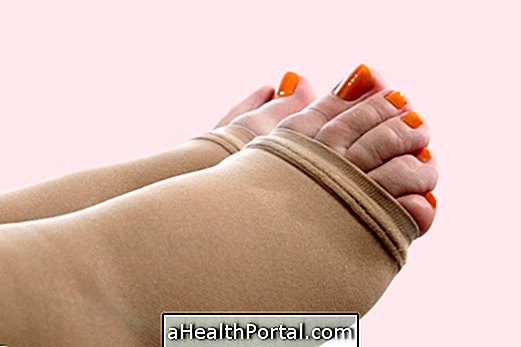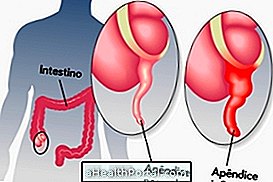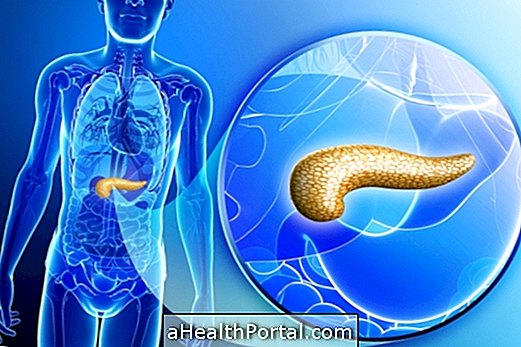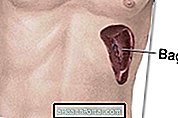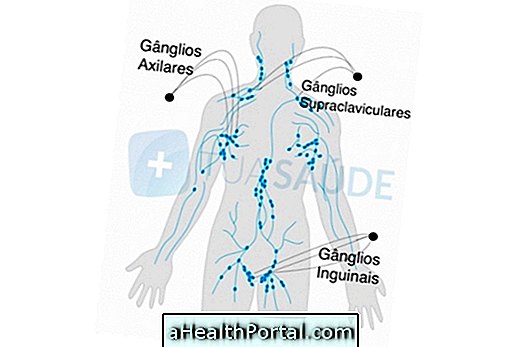Trichuriasis is an intestinal infection caused by the Trichuris trichiura worm , which can usually reach the body through ingestion of water or food contaminated with feces containing the worm.
Although infection with this worm is more common in children, playing in places with dirt or dirty sand, it can also occur in adults, generating symptoms such as diarrhea, frequent nausea or abdominal discomfort.
Trichuriasis is easily cured with the use of deworming remedies, prescribed by the general practitioner or gastroenterologist, and it is advisable to consult a doctor whenever there is any type of abdominal discomfort that takes more than 1 week to disappear.

Main symptoms
Some of the most characteristic symptoms of a trichuriasis are:
- Diarrhea;
- Pain or discomfort when stool;
- Frequent will to defecate;
- Nausea and vomiting;
- Weight loss for no apparent reason;
- Constant headache.
In some cases, the infection is very mild and therefore there may be no symptoms. However, there are also cases of severe infections, in which blood may appear in the stool and even anal prolapse, which is when a part of the intestine passes out of the anus. In these cases, it is advisable to go to the emergency room immediately to avoid complications.
How to confirm the diagnosis
Often, trichuriasis can be diagnosed through the symptoms, however, the doctor may also ask for a stool exam to find out which specific worm is causing the infection, so choose the most appropriate remedy.
How is the treatment done?
The most effective form of treatment to eliminate the Trichuris trichiura worm is the ingestion of vermifuge remedies, such as Albendazole or Mebendazole, which are able to eliminate the larvae and all eggs deposited in the faeces.
To make the proper effect, these medicines should be done for 3 days, but if the symptoms continue, you should consult your doctor again to do a new stool test and assess if the worms have been eliminated.
Natural Remedies
Watch the video below for some home remedy options for worms and how to protect themselves from them:

Trichurase Worm Life Cycle

The Trichuris trichiura worm cycle begins when the worms' eggs are released into the faeces and can contaminate the soil. When this happens, the eggs are inactive for 15 to 30 days and can easily stick to foods that are then ingested.
After being eaten with food, the eggs of the worm hatch in the intestine, where they release larvae that continue to grow until they reach adulthood, at about 4 cm. During this phase, the worm is able to attach itself to the walls of the intestine for up to about 1 year, and is not eliminated by stool passage. Each adult female produces up to 70 eggs a day, which are eliminated in the faeces and can contaminate food and other people.
Other animals capable of transporting this type of larvae and contributing to the infection are dogs and cats, so it is very important to make the proper deworming of domestic animals and avoid washing the places with feces without gloves, for example.
How to protect yourself from infection
Prevention of trichuriasis can be done through basic hygiene measures such as washing hands before preparing meals, before eating, and always before and after going to the bathroom. It is recommended not to walk barefoot and avoid getting wet in water that may be contaminated.
